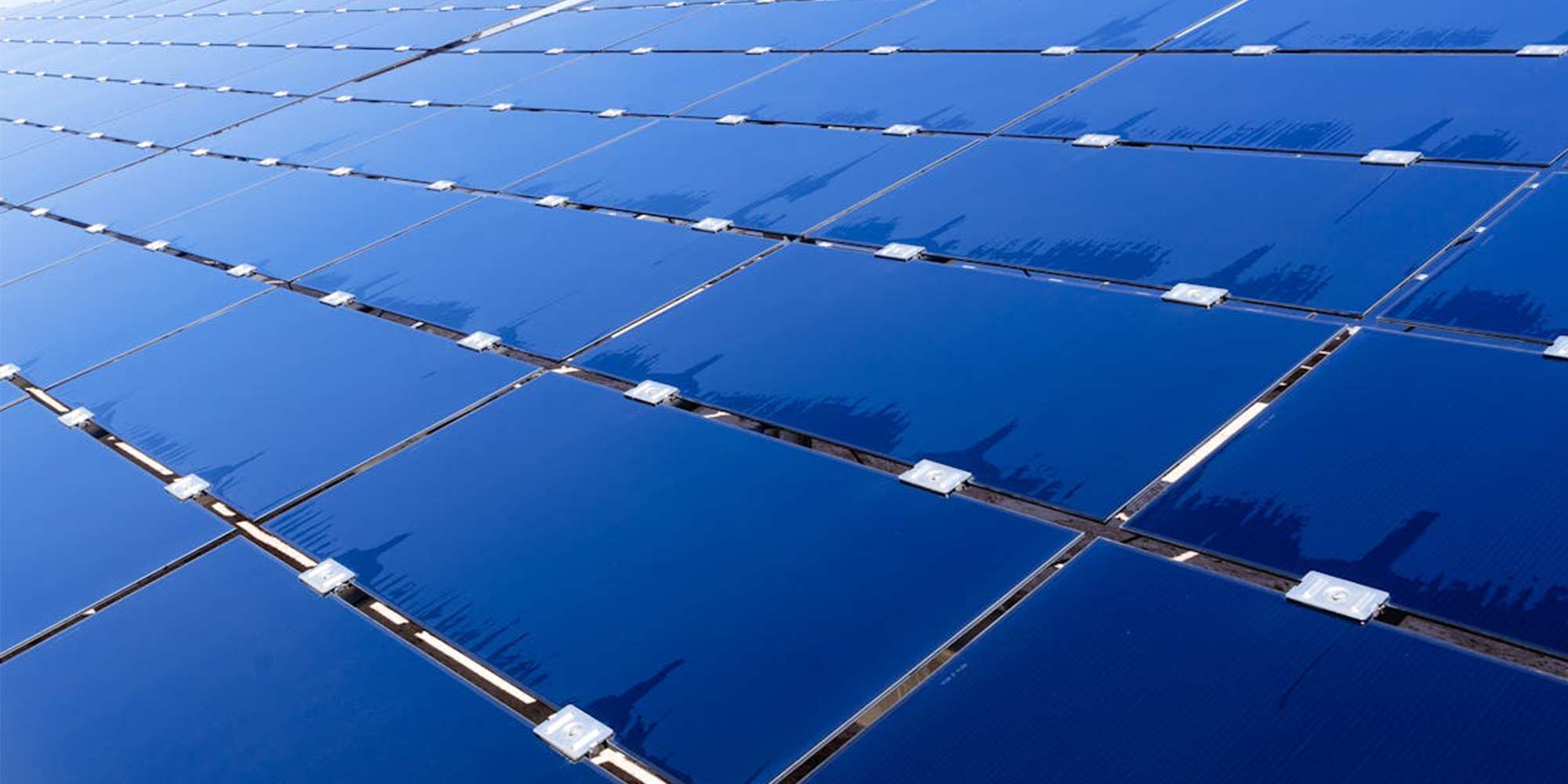Introduction:
In the quest for sustainable energy solutions, solar power has emerged as a beacon of hope, promising clean, renewable energy. However, the efficiency and longevity of solar panels have long been hindered by the accumulation of dirt, dust, and debris, reducing their effectiveness over time. Enter self-cleaning solar panels – a revolutionary technology that is reshaping the landscape of renewable energy maintenance.
1. The Rise of Solar Energy
- The growing significance of solar energy in the global energy mix.
- Challenges faced by traditional solar panel maintenance methods.
- The need for innovation in solar panel cleaning technologies.
2. Understanding Self-Cleaning Solar Panels
- Exploring the principles behind self-cleaning solar panels.
- Types of self-cleaning mechanisms employed in solar panel technology.
- Advantages of self-cleaning systems over traditional cleaning methods.

3. How Self-Cleaning Solar Panels Work
- A detailed breakdown of the components and functionality of self-cleaning solar panels.
- The role of advanced materials and coatings in preventing dirt accumulation.
- Mechanisms for automatic cleaning and maintenance.
4. Benefits of Self-Cleaning Solar Panels
- Maximizing energy output and efficiency through continuous cleaning.
- Extending the lifespan of solar panels and reducing maintenance costs.
- Environmental benefits of reducing water usage and chemical pollutants associated with traditional cleaning methods.
5. Real-World Applications and Case Studies
- Success stories of self-cleaning solar panel installations around the world.
- Performance data and metrics comparing self-cleaning systems to conventional methods.
- Lessons learned and future implications for widespread adoption.
6. Challenges and Limitations
- Potential drawbacks and challenges associated with self-cleaning solar panels.
- Maintenance requirements for ensuring optimal performance.
- Addressing concerns regarding reliability and durability.
7. The Future of Self-Cleaning Solar Panels
- Emerging trends and advancements in self-cleaning technology.
- Integration with other renewable energy systems and smart grid technologies.
- Predictions for the widespread adoption of self-cleaning solar panels in the coming years.
8. Environmental Impact and Sustainability
- Assessing the overall environmental footprint of self-cleaning solar panels.
- Implications for reducing carbon emissions and mitigating climate change.
- The role of policy and regulation in promoting sustainable energy solutions.
9. Economic Considerations and Market Trends
- Cost-effectiveness of self-cleaning solar panels compared to traditional maintenance methods.
- Market growth projections and investment opportunities in the solar energy sector.
- Economic incentives and government subsidies driving adoption.
Conclusion:
Self-cleaning solar panels represent a significant leap forward in the quest for sustainable energy solutions. By harnessing the power of the sun more efficiently and effectively, these innovative technologies have the potential to revolutionize the renewable energy landscape. As we continue to advance towards a cleaner, greener future, self-cleaning solar panels will undoubtedly play a crucial role in powering the world sustainably for generations to come.